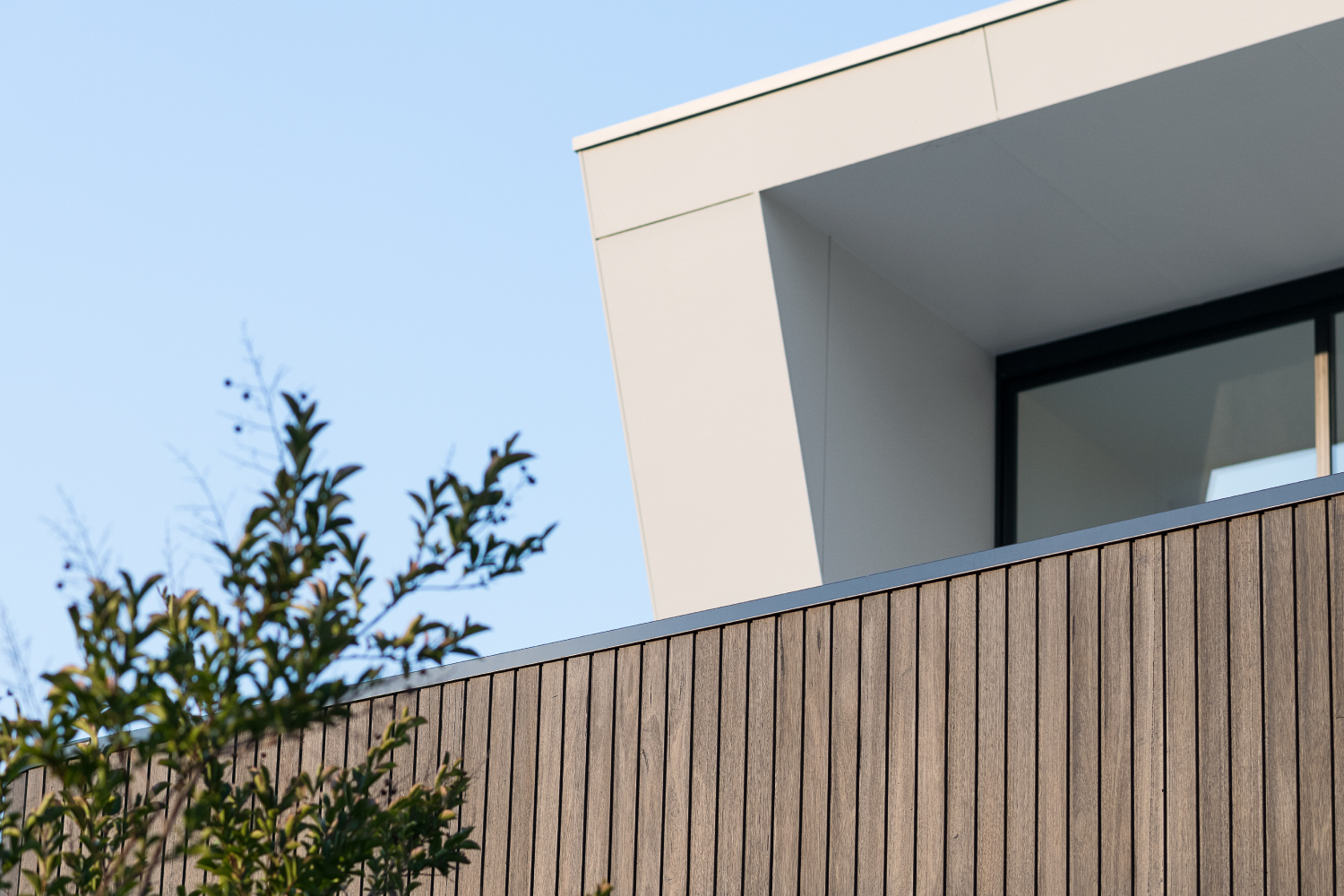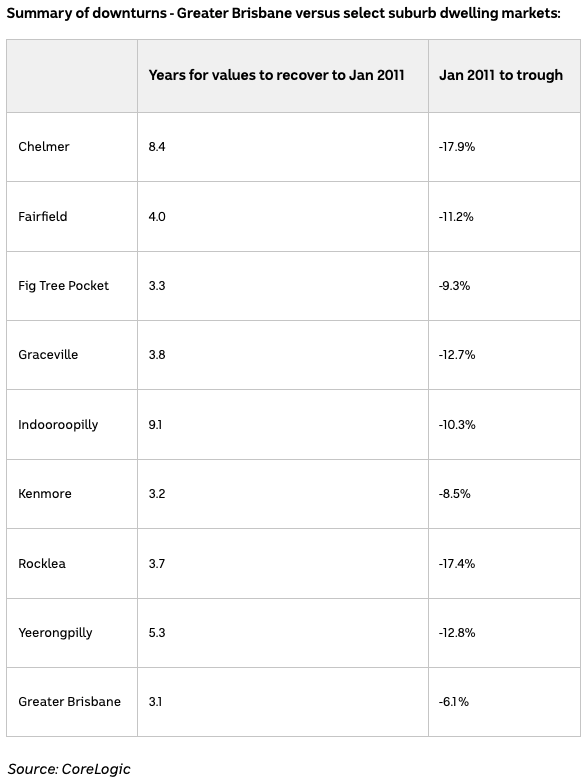
Posted on: 21 Mar 2022
Housing Values Predicted To Bounce Back After Flood-Induced Fall
Brisbane property values could immediately drop if the market mirrors the experience in 2011, when the city last experienced a major flood event.
Key points:
- Brisbane's house prices are expected to take a hit before a quick recovery
- Some suburbs fell as much as 18 per cent after the 2011 floods
- Brisbane property prices surged before the floods, up 8.5 per cent in the last quarter
But agents and property analysts say they are confident any downturn will be short, and followed by a quick recovery.
A recent report by property data organisation CoreLogic showed Brisbane's dwelling values took several years to recover after a price drop following the 2011 floods.
The report showed that Brisbane's property values fell by 6.1 per cent between January 2011 and January 2012 and did not fully recover until March 2014.
CoreLogic's Eliza Owen said it was difficult to isolate the impact of the 2011 disaster flooding on property values as they were already trending lower from the middle of 2010.
"This decline was triggered by a tightening in monetary policy amid a resources boom, and Australia's recovery from the GFC (Global Financial Crisis)," Ms Owen wrote in the report.
The report showed that in the worst-affected suburbs property values took between three and nine years to recover.
According to the report, after the 2011 floods, the steepest drops were reported in Chelmer, Rocklea, Graceville, Yeerongpilly, Fairfield, Fig Tree Pocket, Indooroopilly, and Kenmore.
Chelmer took more than eight years to recover from a drop of almost 18 per cent, while Kenmore took around three years to bounce back from an 8.5 per cent fall.

"Most suburbs saw a recovery in prices within three to five years, with riverside precincts still attracting premium values over areas located further from the river," she said.
Ms Owen said the short time frame between the 2011 floods and those experienced this year could shift buyer attitudes around housing in low-lying areas.
She said properties not affected by flooding could attract greater demand, and more broadly the floods could result in higher insurance premiums and elevated repair and renovation costs in an already stretched building industry.
'Extraordinary momentum' slows
Before the most recent flooding, real estate research analyst Terry Ryder said Brisbane was leading Australia in annual property price growth.
Prices rose 8.5 per cent in the quarter to December 31, 2021 — the strongest growth of all states and territories.
Mr Ryder said the disaster may have a "psychological impact" on people who were "poised to buy" in the city, but he believes the market will recover quicker than it did following the 2011 floods.
"It will take time for the market to absorb the impact of this, but I think ultimately there will be recovery and Brisbane will march on. There was extraordinary momentum behind Brisbane as a city and as a property market leading into this," he said.
Mr Ryder said large spending by the government on infrastructure projects and associated projects coupled with the upcoming 2032 Olympic Games would likely encourage growth again, and the flooding could actually spark a "mini-boom" in the local economy.
"Ironically, it [a natural disaster] can precipitate an economic boom or a mini-boom, because people who are impacted receive the insurance payouts and spend money on recovery, renovation, and rebuilding," he said.
"Governments also need to spend big, too, as part of the recovery effort and also to invest in better infrastructure to perhaps mitigate against that happening the same way in the future."
Mr Ryder said the recent flooding was likely to take some of the competitiveness out of the property market.
"Brisbane had been incredibly competitive, with property selling very quickly for higher-than-expected prices," he said.
